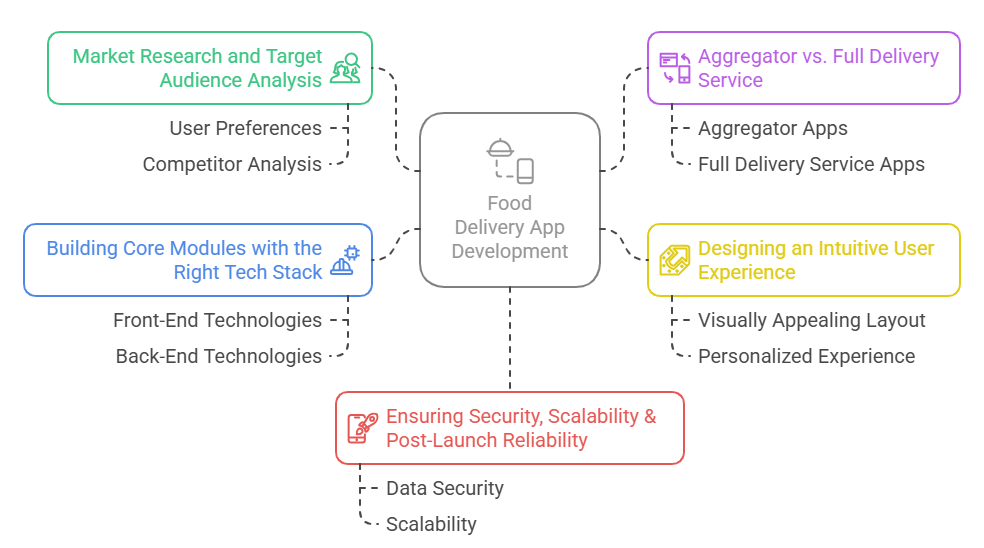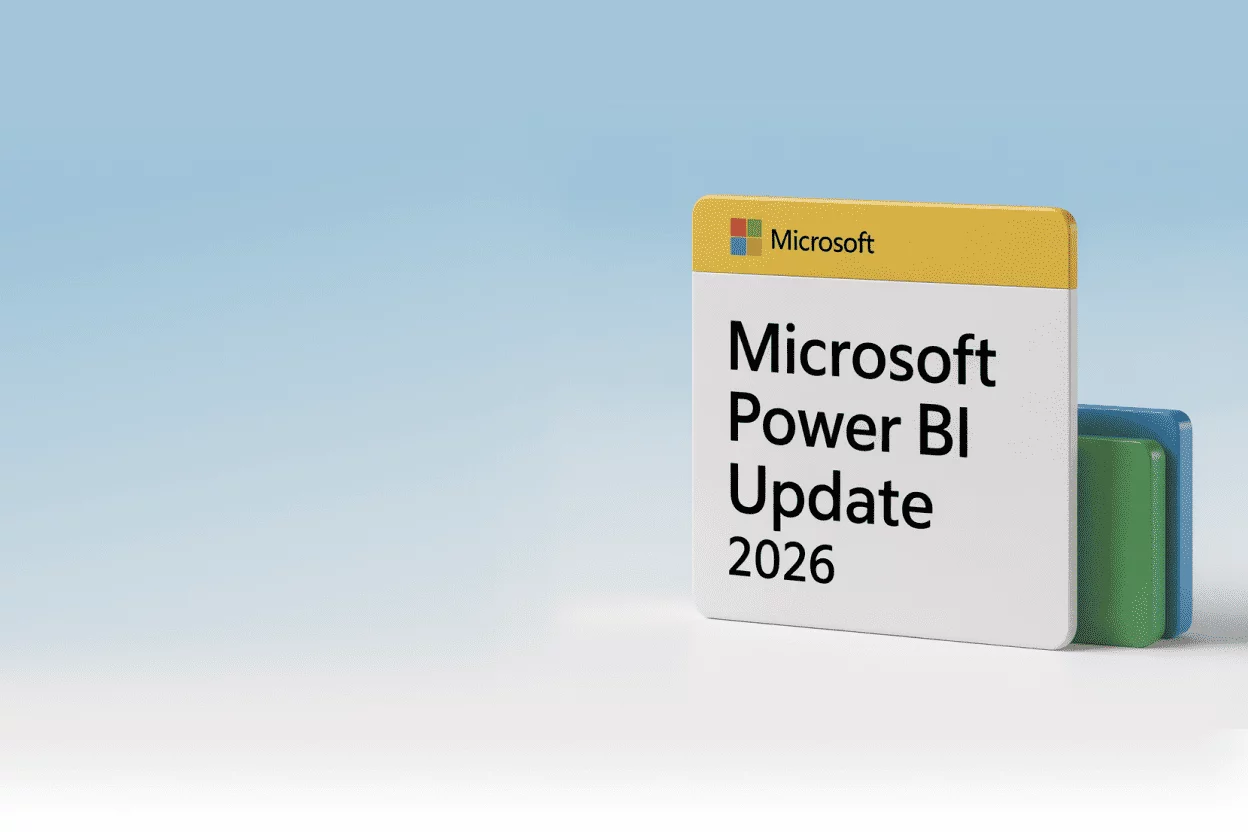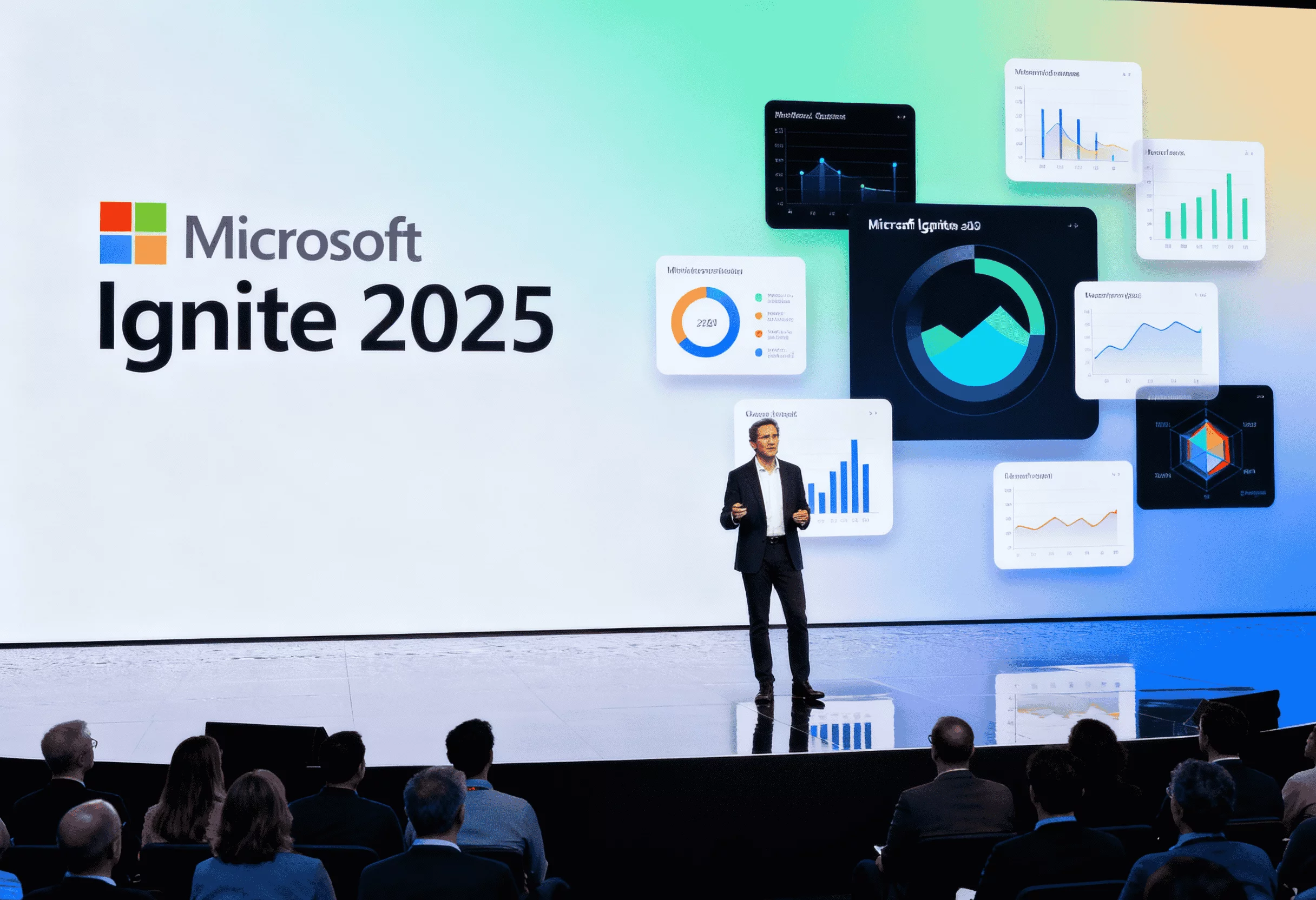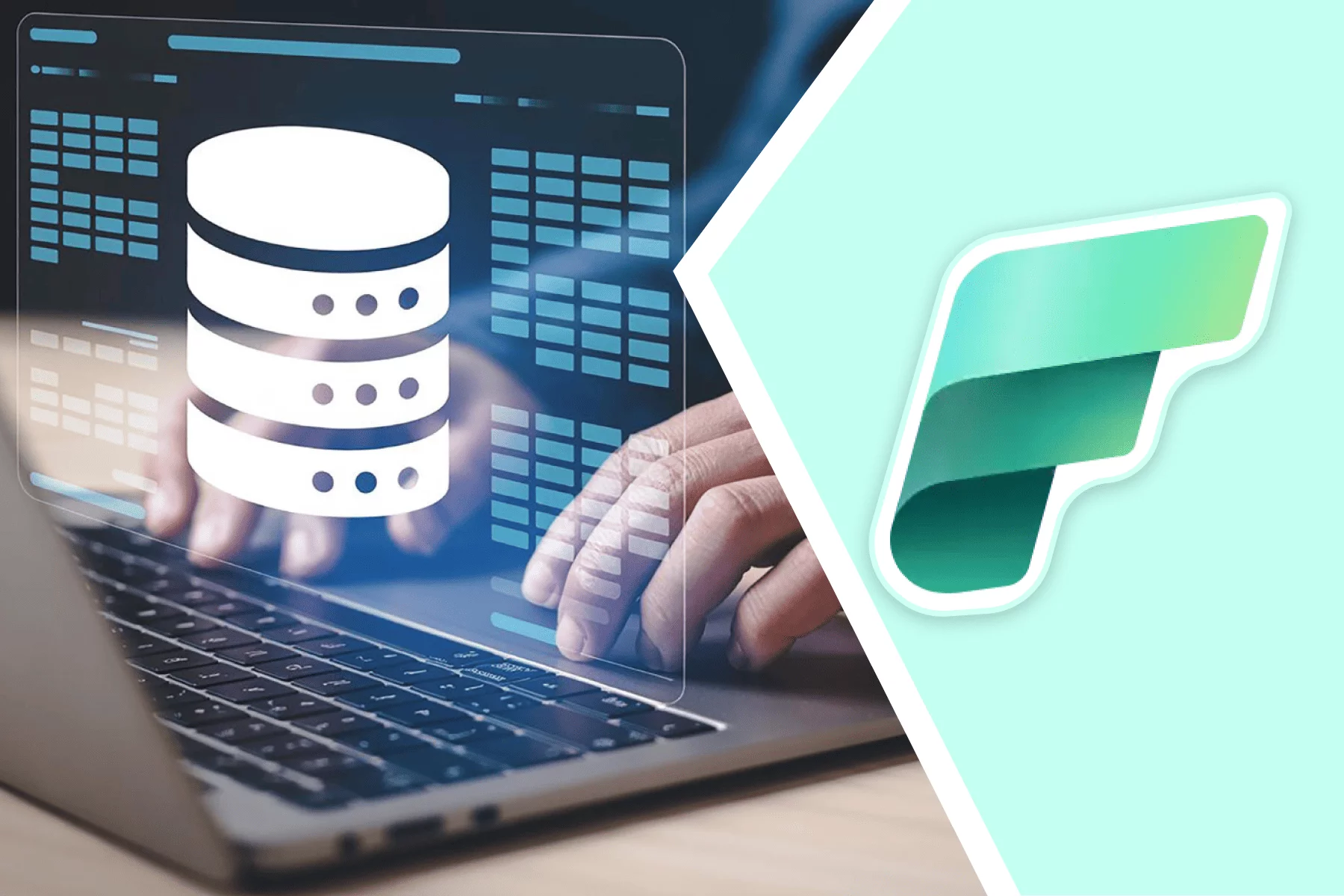Behind every late-night craving and busy-day meal order lies a billion-dollar app. According to Statista’s market outlook, by 2025, the global food delivery industry is expected to hit $1.39 trillion in earnings, while app-based platforms alone are on track to surpass $213 billion by 2030. So, are you curious about how to build a food ordering app of your own? As digital-first lifestyles are becoming the norm, food ordering app development is gaining momentum. These apps are reshaping convenience, sparking a rush among innovators to create the next breakout platform in the competitive food delivery space.
This article breaks down the process of food ordering app development, guiding you through creating a feature-rich food delivery platform, from user flow to payments and logistics.
Understanding the Business Models of Swiggy & Zomato
Zomato and Swiggy, both apps employ a hybrid business model, which combines food delivery services with restaurant discovery platforms. They link users with local restaurants, featuring real-time menus, authentic reviews, and doorstep delivery.
Initially, when Zomato began its operations, it was focusing on restaurant listings, gradually transitioning into food delivery services. On the other hand, Swiggy laid its groundwork with efficient logistics and full-stack delivery. Revenue sources span delivery charges, commissions from restaurants, ads, and premium plans like Zomato Gold or Swiggy One.
Built on a robust tech infrastructure and extensive delivery networks, these models strive to offer fast delivery, ensuring user comfort, and smooth app navigation. When you have a clear understanding of how these models work, it supports the development of similar, scalable solutions.
Key Features of Successful Food Delivery Apps
Thinking to build a food ordering app like Zomato or Swiggy? Then focusing on offering a seamless user experience supported by powerful features is vital. With the right mobile app development services, you can integrate essential functionalities like live order tracking, refined search filters, secure payment gateways, and personalized recommendations to deliver a competitive and user-friendly food delivery platform.
Intuitive user interfaces, live chat support, reviews, and ratings promote the reliability and convenience of such apps. For restaurants, features such as efficient order tracking and data dashboard tools play a critical role. Meanwhile, delivery partners can improve efficiency and speed with the help of route optimization tools and timely status updates.
Moreover, streamlining the management of users, partners, and transactions becomes easy with admin dashboards. All these features collectively support efficient workflows, enhance user experience, and foster lasting customer relationships, which are crucial to gaining an edge in the highly competitive food delivery app landscape.
Key Steps to Build an App Like Swiggy or Zomato
Successful food delivery app development takes more than great design. It requires smart planning, a reliable tech stack, intuitive features, and tight integration across the delivery chain. Here are the key steps involved in building a successful food delivery app like Swiggy or Zomato:

Market Research and Target Audience Analysis
Building a successful food delivery app like Swiggy or Zomato becomes easier with strategic research done on the market as well as the audience. When you identify user preferences, ordering habits, pain points, and demographics, it will guide the design of appropriate features of the app and enhance the overall user experience.
Also, it is necessary to perform competitor analysis to uncover market gaps and opportunities for differentiation. Research must also involve regional food trends, pricing models, and delivery logistics.
Apart from that, you need to define your core user personas, for instance, busy professionals, students, or families, which allows you to align marketing approaches and app capabilities. Such a market-driven foundation enables your app to attract users, retain them, and achieve long-term business success.
Aggregator vs. Full Delivery Service: Selecting the Right App Type
You need to pick the right app type, as it can have a significant impact on your business model and operations. There are two types of apps – Aggregator apps, which list multiple restaurants, allowing users to manage their deliveries, and the other one is Full Delivery Service apps that handle the entire process from food selection to handoff at the door.
You need to be aware of the customer choice as well, as it keeps changing depending on various factors such as budget, logistics capabilities, and level of control. Therefore, defining these factors early ensures your delivery app is built to meet your strategic business objectives.
Designing an Intuitive User Experience (UX/UI)
When the UX/UI is intuitive, it ensures smooth navigation throughout the app. This ensures quick placement of food orders, which enhances a seamless experience. There is no doubt that a visually appealing layout captures and retains user attention. Besides, easy-to-use menus and clear CTAs are equally important. Thus, while creating an app, the focus should be on effortless transitions between the app screens.
Keep this in mind, the more personalized the experience, the more engaged the users will be. This involves building a responsive interface that not only boosts engagement and retention but also cultivates trust. The whole point is to make the app enjoyable and efficient for customers, delivery partners, and restaurants alike.
Building Core Modules with the Right Tech Stack
A high-performing app requires building core modules, which involves using the right tech stack. Choosing reliable front-end and back-end technologies is essential for powering key features, including menu browsing, user authentication, GPS tracking, and secure payments.
To match the performance of a successful app like Swiggy or Zomato, you need a robust tech stack that ensures smooth performance and scalability. Additionally, the right tech stack also facilitates integrations, data flow, and real-time updates, creating a solid base for an intuitive, agile, and scalable application experience.
Ensuring Security, Scalability & Post-Launch Reliability
To build the long-term reliability of a successful food delivery app, the things that play pivotal roles are compliance, security, and scalability. Safeguarding user data and payment information requires robust security. The scalability feature of the app takes care of the growing demand for convenient solutions.
With a secure base, meeting compliance with industry standards and data protection regulations is crucial for building user trust. Moreover, smooth operation post-launch depends on timely updates, and its reliability is ensured with quick bug fixes, along with performance monitoring. It supports a robust foundation that grows with your needs and offers dependable, high-quality experiences.
The Use of AI in Food Industry
Food delivery apps are leveraging AI in various areas, including route optimization, customer support, and personalized recommendations. The AI-driven capabilities of such apps make them smarter, more intuitive, and more efficient.
Additionally, AI integration allows apps to recommend restaurants, meals, cuisines, offers, etc. Through every interaction, the app learns users’ buying patterns, preferences, time of order, and location. These tailored suggestions boost user engagement, thereby improving retention and conversion rates.
Let us understand how the use of AI in app development is transforming the food delivery industry through use cases:
- Zomato
The app harnesses AI in several key areas, such as customer support, personalized recommendations, and delivery optimization. It analyzes user behaviors, moods, preferences, and location to offer personalized food recommendations.
What’s more, Zomato has an AI-powered customer support platform called “Nugget,” which automates tasks like image classification, quality audits, and voice agent creation.
Additionally, the app also has AI-powered smart filters that allow users to discover restaurants and dishes faster. Such capabilities collectively affect the overall ordering experience and user engagement.
- Swiggy
Swiggy leverages AI models for demand prediction, streamlining operations to optimize delivery time. The app ensures on-time service by connecting nearby delivery agents with incoming orders.
On top of that, Swiggy employs AI-powered chatbots that offer 24/7 customer support for addressing customer queries instantly. By utilizing AI, Swiggy boosts delivery speed, enhances user satisfaction, and improves overall operational efficiency across the platform ultimately.
- Uber Eats
The app enhances customer satisfaction and optimizes delivery operations with the help of AI. With AI assistance, Uber Eats performs route optimization and live demand forecasting, and powers personalized recommendations.
The platform has AI-enabled chatbots that offer customer support and help manage inventory and communication in delivering groceries.
- DoorDash
Through AI-powered insights and automation, DoorDash improves restaurant performance. It does so by identifying best-selling dishes and predicting peak order times. What’s more, AI helps prevent wastage, along with optimizing staffing and boosting sales.
The app has also launched AI-powered tools for merchants, which include item-description generators and smart image enhancements. With AI capabilities, DoorDash is able to deliver a smoother, faster, and more visual menu experience.
- Grubhub
Grubhub’s AI optimizes pricing, maximizing restaurant payouts during rush hours and offering better deals during off-peaks. The platform has automated chat support provided by AI chatbots, that extends assistance in resolving customer inquiries faster and cutting down service overhead.
Monetization & Go-to-Market Strategy
Looking to build a food ordering app as profitable as Swiggy or Zomato? Well, you must define a clear monetization model, which determines delivery charges, restaurant commissions, ads, and subscription plans. Apart from that, it is necessary to align with a targeted go-to-market approach, focusing on demand hotspots, local tie-ups, and running impactful campaigns for promotions.
Additionally, focusing on brand awareness is a crucial step, along with targeting user acquisition, and seamless onboarding, which ensure traction, scalability, and prolonged customer retention within an intensely competitive food delivery space.
Building a Sustainable Food Delivery Platform with Intelegain
Intelegain brings the expertise to craft a sustainable food delivery app like Swiggy or Zomato. From choosing the ideal tech stack to integrating AI and designing seamless user journeys, we help you build food delivery applications with future-ready monetization strategies that set you up for long-term success.
What sets us apart is our ability to craft intuitive experiences that put your customers first and bring lasting value to your brand. Ready to launch a delivery app that rivals the giants? Let’s start with a solid MVP tailored to your goals.
Partner with Intelegain to build a future-ready food delivery solution, where technology meets taste.
FAQs
The timeline depends on the complexity of the features, design, and platform requirements. A simple version can be developed relatively quickly, while a more advanced app with multiple user roles and real-time functionalities will take longer. Working with an experienced team can help speed up the process.
The cost of developing a food delivery app varies based on features, complexity, and platform selection. Factors like design, integrations, and development hours also significantly influence the final investment.
A custom food delivery app includes customer, restaurant, delivery, and admin panels. Each feature manages orders, tracking, payments, and operations to ensure seamless interactions between users, partners, and platform administrators.
We offer end-to-end post-launch support with maintenance, bug fixes, performance tuning, feature upgrades, analytics, and API updates to ensure your food delivery app stays seamless and scalable.
Planning to develop a food delivery app like Zomato & Swiggy?










